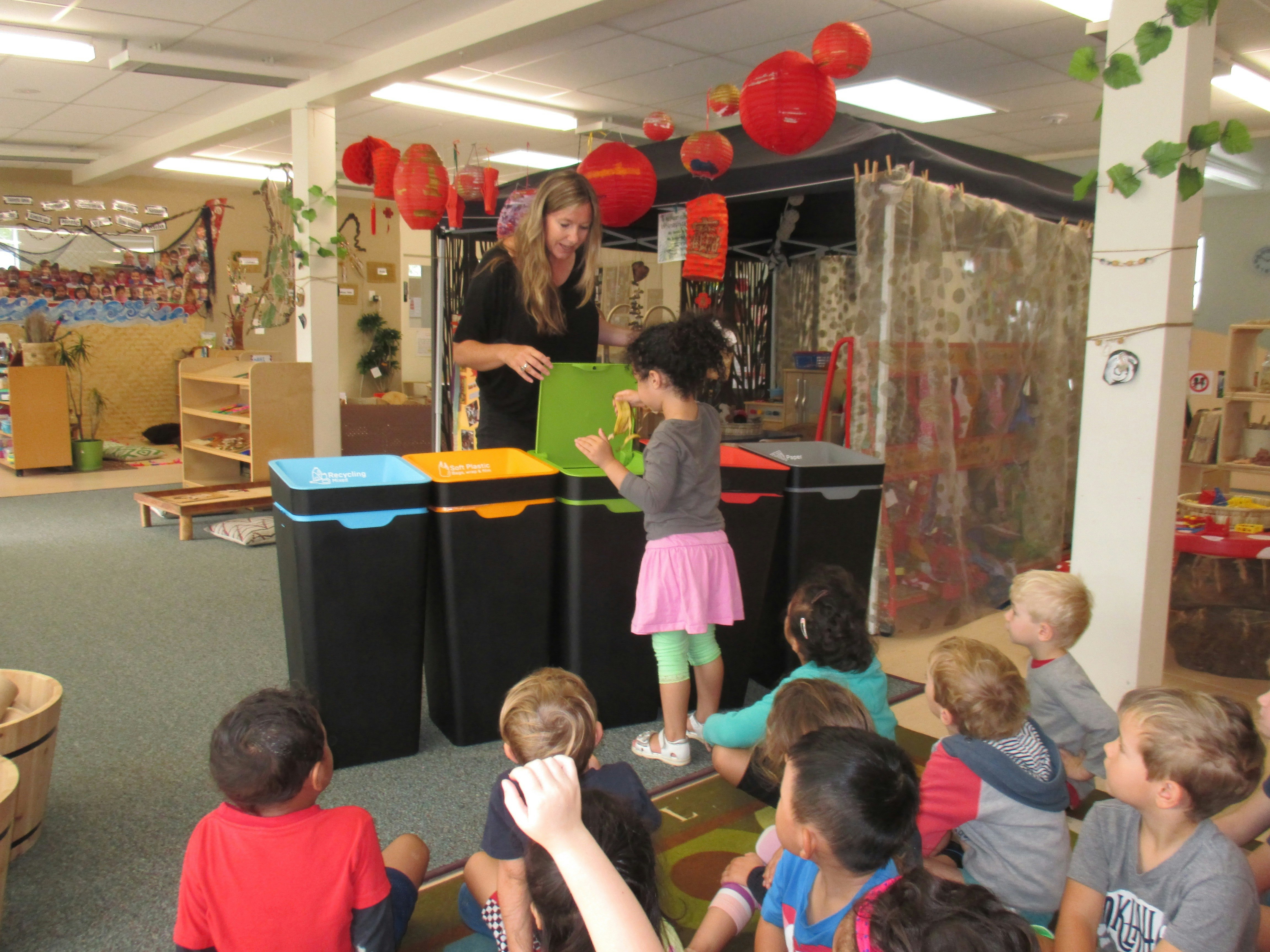How to teach kids about recycling at school
Why is waste education vital in the context of primary schools?
The world runs on assumptions that make it very difficult to lead change. However, in contrast to other areas of environmentally relevant behaviour change, such as vehicle usage, all age groups can carry out recycling behaviour, including pre-school and primary age children. Matthies et al. (2012), for example, found that children's recycling behaviour (separating paper waste) was primarily formed through observation and imitation of parental behaviours, while reusing habits (the use of both sides of the paper) could only be developed via verbal reinforcement and problem knowledge communication. Assuming parents influence their child's behaviour, and the current recycling rates and the public's general and limited understanding of recycling rules, teachers play a vital role in influencing children's Pro Environmental Behaviours (PEBS). Krettenauer (2017) and others have found that children take a firm moral stance towards protecting the environment even when attitudes differ from values found in their social environments.
This presents a “window of opportunity” as children are more open to suggestions and more susceptible to influences than adults (Eilam and Trop, 2012). In the first global large-scale investigation of climate anxiety in children and young people, 59% were very or extremely worried, and 84% were at least moderately worried (Hickman et al. 2021). Therefore, aligning waste education with broader sustainability goals (e.g., circular economy, waste and recycling, climate action in schools, incorporating Pro Environmental Behaviours (PEBS) can create the foundation for a more thriving future.

Integrating recycling into the school curriculum as a way of more effectively managing future change
Studies confirm that education is critical to children's cognitive, affective and behavioural development in terms of Pro Environmental Behaviours (Martín-Jaime et al., 2021; Boudet et al., 2014). A study by Liang et al. (2022) looked into teachers' and peers’ observable positive and negative behaviours (picking up litter or littering) on children's Pro Environmental Behaviours. They concluded that only positive demonstration by teachers had a significant impact.
Lukman et al. (2013) found that schools could benefit from incorporating environmental and sustainability issues throughout their structural and infrastructural conditions, such as making them part of the rules, guidelines, and even through technological improvements, which could encourage more effective behavioural change. Researchers used a set of statements, such as “there are several bins for the different waste fractions in our classroom” and “in the school, I exactly know in which bin I have to put the leftovers from the apple I ate”, to assess children's accessibility to sustainability facilities. This research also stated that reaching accounts for two-thirds of the factors influencing students’ environmental behaviours.
This finding is reinforced by Tucker and Izadpanahi (2017) who compared conventional primary schools to schools designed to engage children with various sustainable design features, (for example Enviro Schools), including solar panels, water tanks and outdoor learning spaces, and concluded that children in schools with visible sustainability type architectural designs exhibited more pro-environmental attitudes and behaviours than those without.

Hands-on approaches to get students involved
Educating children on the importance of recycling in schools as part of the curriculum acts as a testbed for behavioural change. Incorporating environmental issues into the early stage of education can foster environmentally responsible behaviours and provide a strong foundation for more sustainable societies. Therefore, primary schools represent an opportunity to inspire behavioural change at an early, more impressionable age; these behaviours are likely to flow into homes to fulfil the nation’s promise of achieving ambitious waste reduction and recycling rates. The following can be easily incorporated into the school curriculum.
Science, environmental studies and math: Hands-on classroom and school-wide waste audits that engage students in identifying waste sources and solutions, the lifecycle of materials, and the impact of landfill versus composting. Rethink Waste and Sustainability Victoria have waste audit tools developed specifically for schools to help students understand and improve their school's environmental impact.
Art and design: Upcycling projects, poster campaigns, creative reuse of materials. Even something as simple as encouraging students to use both sides of the paper.
Social studies and ethics: Global waste challenges, cultural perspectives on waste management, environmental justice. Cheng and Monroe (2012) and Soga et al. (2016) found that the more young children were exposed to nature (even vicarious experience of nature, such as through photographs), the more emotionally attached they were to nature, which led to more Pro Environmental Behaviours.
Recycling monitors and green teams: Student-led initiatives for waste sorting and composting programmes that include compost bins or worm farms.
Field trips and guest speakers: Hartley et al. (2015) investigated a domain-specific (marine litter) interactive educational program and concluded that children were afterwards significantly more concerned about the environment and reported more Pro Envirionmental Behaviours (recycling and appropriate litter disposal)—Organise visits to recycling centres, or organisation participation in beach or wildlife area clean-ups. Invite local waste management experts to speak in the assembly or the classroom setting.
Raise awareness towards wasteful packaging: Many Australian schools encourage “nude food” practices with the intent of encouraging students to avoid bringing in individually wrapped snacks and to bring a reusable lunchbox with unwrapped food instead.